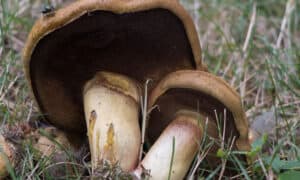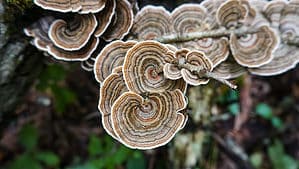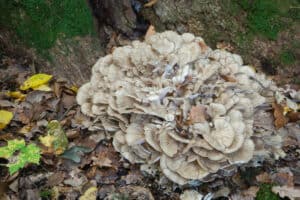If you follow news related to Mars, and space exploration in general, you may be familiar with articles and social media posts that periodically circulate claiming that proof exists of mushrooms found on Mars. That’d be pretty amazing, right? Unfortunately, the consensus from the vast majority of scientists and experts on the subject is that the claims asserted by these various sources are demonstrably false.
In this article, we’ll talk about where most of these claims initially originated, who made them, and what the majority of experts say in response.
Read on to learn more.
Mushrooms Found on Mars? What Was the Viral Claim?
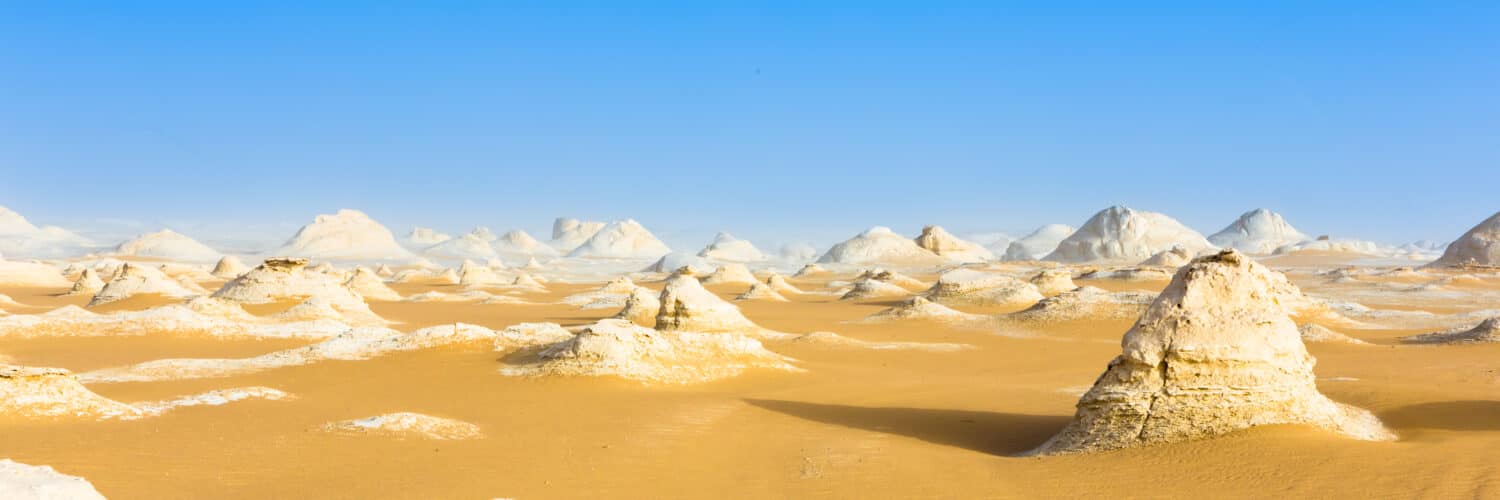
Some areas of Egypt resemble Mars. As you can see, these are not mushrooms.
©Alexandree/Shutterstock.com
In 2021, a small team published a rather dubious paper titled “Fungi on Mars? Evidence of Growth and Behavior From Sequential Images”. The four authors claim in their short paper that sequential images captured by a Mars exploratory rover provide evidence of Martian fungal life. The proof? The sequential images show small rock-like (or as they claim, fungi-like) formations in certain areas changing in number and location over time. These formations have various shapes and sizes as do our range of geological structures on Earth. The authors suggest that the changing numbers and locations of formations seen indicate organic movement and life. The only other “proof” they offer that these formations on Mars are alive is to assert that fungi are capable of living under intensely radioactive environments.
Mushrooms Found on Mars? Who Led the Research Making This Claim?
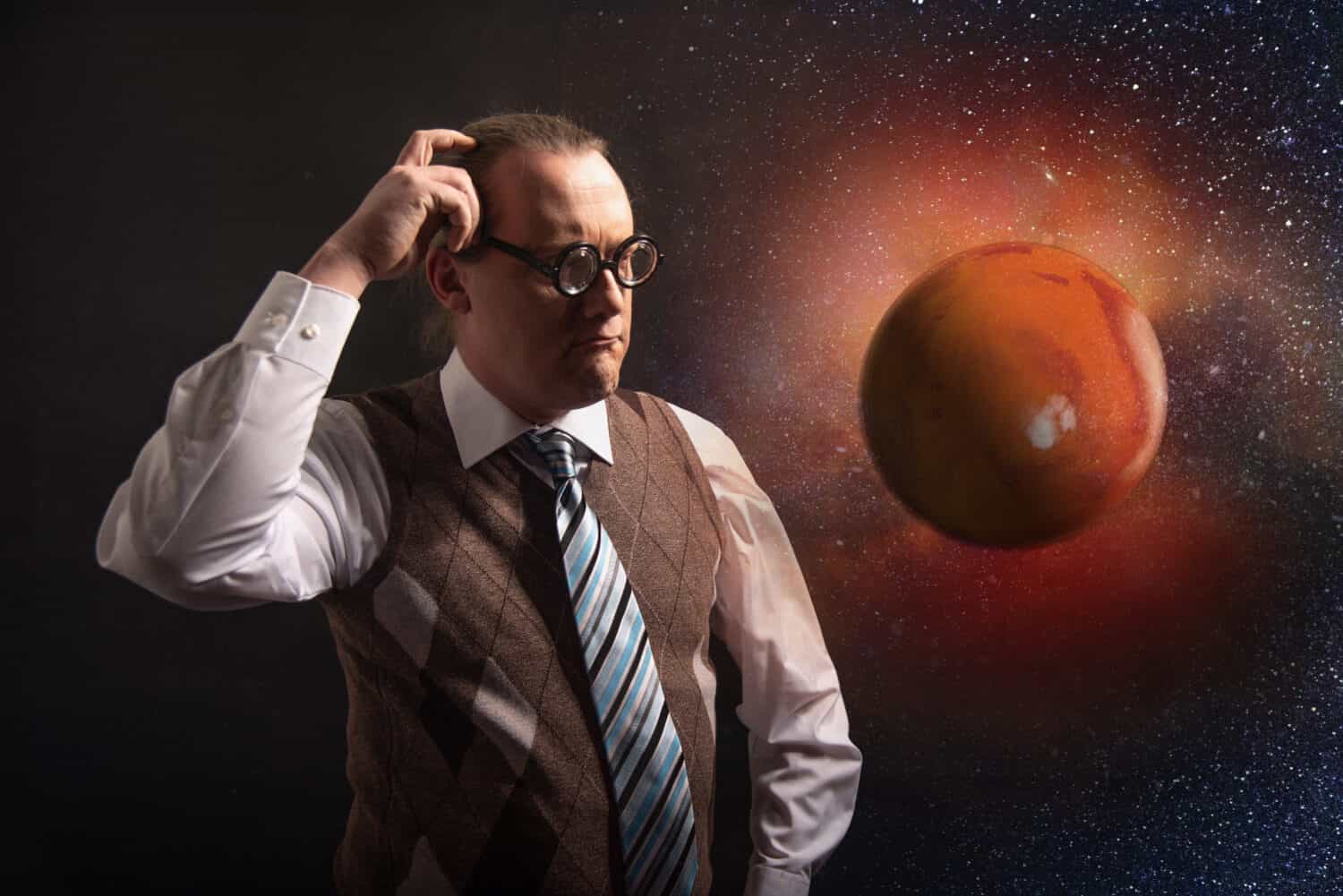
Science is ever evolving and many hypotheses are later debunked.
©knipsdesign/Shutterstock.com
Rhawn Gabriel Joseph, a man with a Ph.D. in neurology, headed the team that published this paper. He did make some important discoveries about neuroplasticity and other aspects of the mammalian brain in the 1970s, but he has no degrees in astronomy or any discipline related to the study of space.
Rhawn Joseph has made similar claims in the past. He has even sued NASA over a photo of an interesting, and confirmed, Martian rock that he claimed was instead proof of life. He’s also sued the scientific publisher, Springer Nature, after they retracted his paper that claimed Earth-originated life exists on Venus. He lost both suits after failing to provide evidence to support his claims.
What is the Current Scientific Consensus About These Photos?
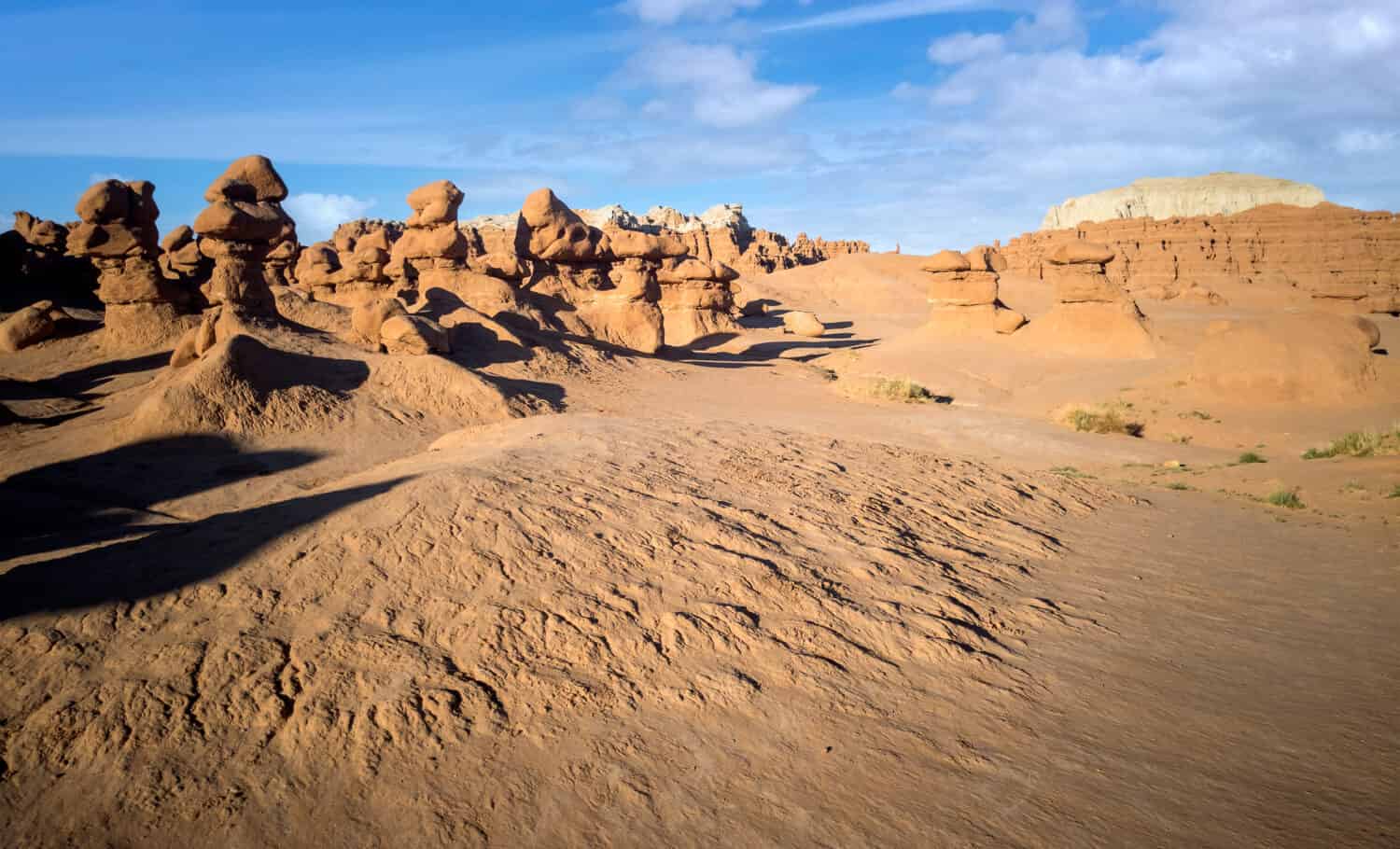
Many things on Mars may look like mushrooms from a distance.
©marcsanchez/Shutterstock.com
Currently, the overwhelming scientific consensus by experts in the field of astronomy is that the sequential images noted in the abovementioned paper on Mars can be explained by changes in the surface of Mars as it interacts with the very thin atmosphere. Essentially, the dusty surface of Mars moves due to the effects of wind, erosion, etc., and this movement can expose structures underneath that you couldn’t previously see.
And while Mars does have an atmosphere, it currently contains very little of what it likely once had due to its small size, far weaker gravity than Earth, and lack of a protective ozone layer. Without a robust atmosphere or protective ozone layer, the current conditions on Mars are overwhelmingly hostile to most life forms.
So if the Claims of Mushrooms Found on Mars are Debunked, Are Experts Saying Martian Life Can’t Exist?
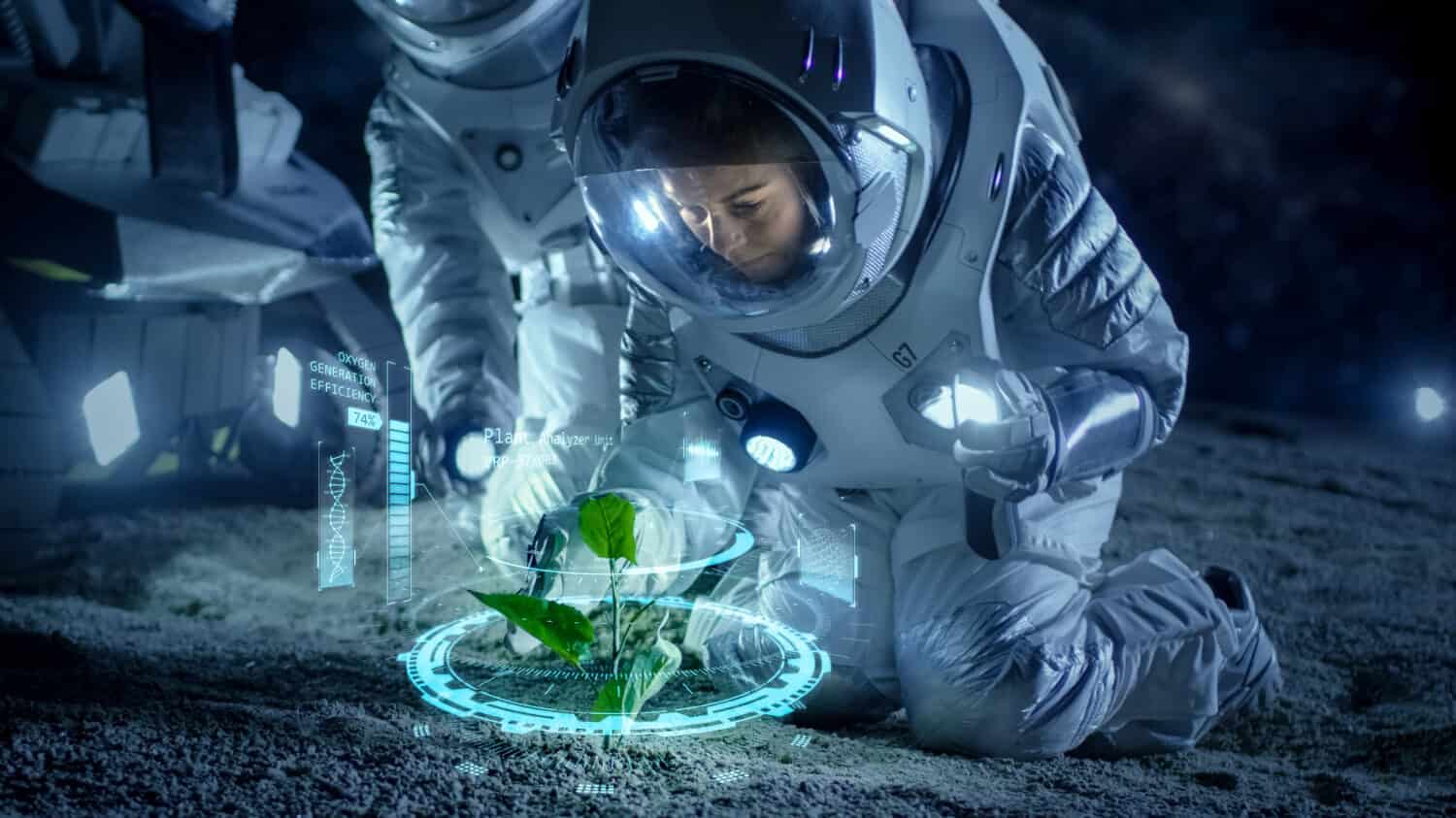
Hopefully, one day, we will find or help influence life on Mars.
©Gorodenkoff/Shutterstock.com
While it seems the widespread consensus among experts is that the sequential photos referenced in Joseph’s paper are not proof of fungi growing on Mars, this doesn’t mean life didn’t exist in the past on the Red Planet, or that life doesn’t exist now. But so far, scientists have not found definitive proof of life on Mars.
However, some scientists are currently doing interesting work studying extremophiles on Earth to help them understand what kinds of life might be able to survive the hostile conditions on Mars.
Research on Extremophilic Microorganisms
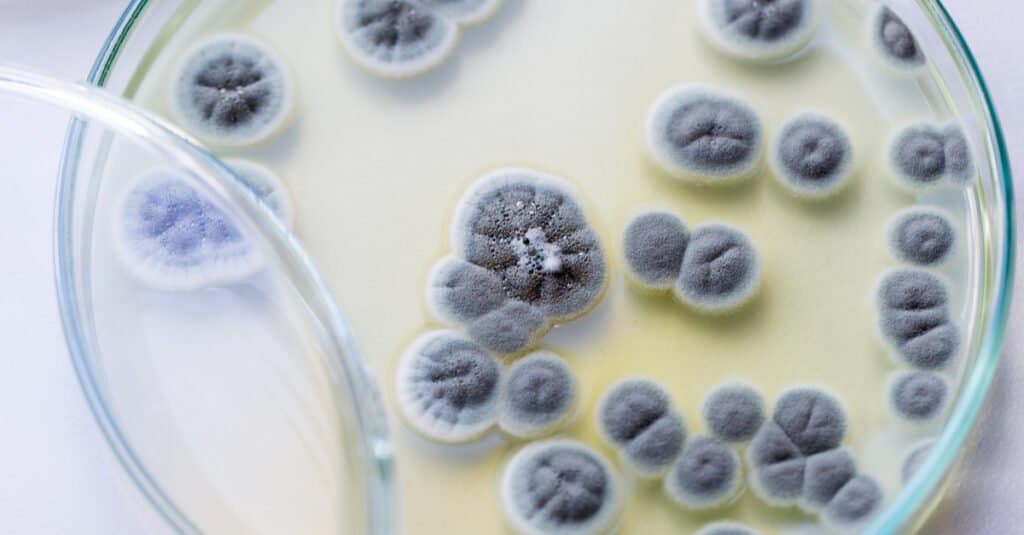
Not all life is obvious to the naked eye.
©Rattiya Thongdumhyu/Shutterstock.com
For example, in 2017, NASA’s website featured the work of astrobiologist Rebecca Mickol and her team of researchers. In their study, they looked at some of the most ancient and simple microbes on Earth and how these resilient bacteria withstood Mars-like conditions. These microbes belong to a group of organisms known as extremophiles, which are capable of living in extremes of pressure, salinity, temperature, pH, and/or desiccation (removal of moisture).
She and her team published their findings in a study called “Low Pressure Tolerance by Methanogens in an Aqueous Environment: Implications for Subsurface Life on Mars”. Some of the bacteria studied in these conditions included Methanothermobacter wolfeii, Methanosarcina barkeri, Methanobacterium formicicum, and Methanococcus maripaludis. These bacteria have previously been studied over the past 20 years for their ability to survive in certain simulated Martian conditions.
So, while the viral claims of mushrooms growing on Mars are false, you don’t have to lose all hope that life did not or could not exist on Mars. Instead, just make sure to check the sources of these claims, and see how the wider scientific community responds to them before getting too excited.
The photo featured at the top of this post is © iwciagr/Shutterstock.com
The information presented on or through the Website is made available solely for general informational purposes. We do not warrant the accuracy, completeness, or usefulness of this information. Any reliance you place on such information is strictly at your own risk. We disclaim all liability and responsibility arising from any reliance placed on such materials by you or any other visitor to the Website, or by anyone who may be informed of any of its contents. None of the statements or claims on the Website should be taken as medical advice, health advice, or as confirmation that a plant, fungus, or other item is safe for consumption or will provide any health benefits. Anyone considering the health benefits of particular plant, fungus, or other item should first consult with a doctor or other medical professional. The statements made within this Website have not been evaluated by the Food and Drug Administration. These statements are not intended to diagnose, treat, cure or prevent any disease.
Thank you for reading! Have some feedback for us? Contact the AZ Animals editorial team.



